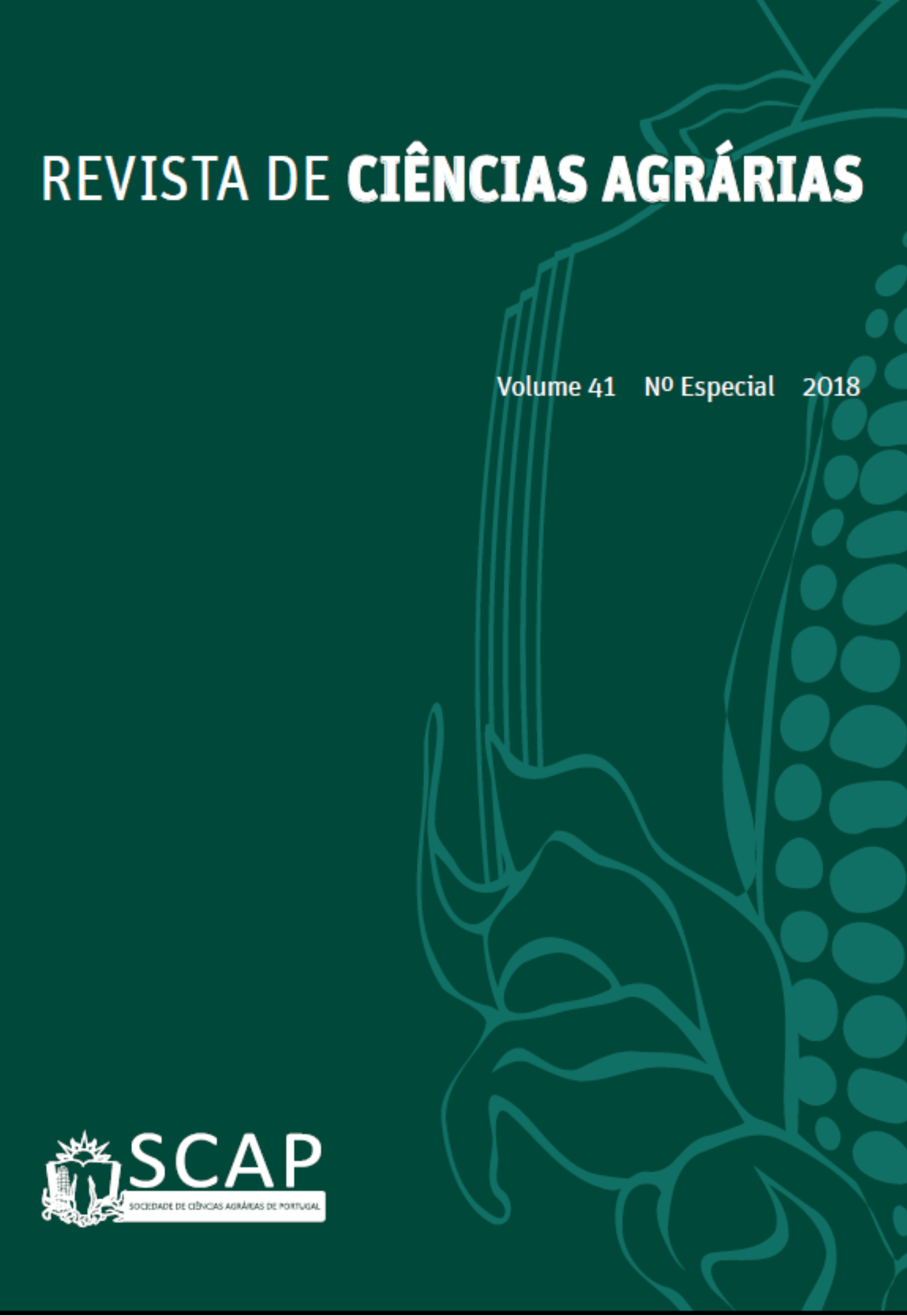A gafa da oliveira é causada por fungos de diversas espécies, com distinta distribuição geográfica, virulência e preferência pela cultivar
DOI:
https://doi.org/10.19084/rca.17073Resumo
A gafa da oliveira é o principal fator fitopatológico limitante da produção de azeitona em Portugal, ao causar a queda ou mumificação dos frutos, com consequente quebra de produção e/ou depreciação da qualidade do azeite. Apresenta incidência a nível nacional entre 30 e 50%, com uma severidade média de 14%. A gafa é causada por diversas espécies de fungos pertencentes ao género Colletotrichum, sendo C. nymphaeae e C. acutatum sensu stricto as mais virulentas, enquanto C. godetiae e C. fioriniae apresentam virulência intermédia e C. gloeosporioides (entre outras, pouco frequentes) se apresenta menos virulenta. No centro e sul de Portugal prevalece C. nymphaeae, enquanto em Trás-os-Montes C. godetiae é mais frequente. As variações na virulência dependem no entanto da interação com a cultivar. Por exemplo, em ‘Cobrançosa’, C. godetiae apresenta maior virulência do que C. acutatum s.s., contrariando a média geral. As variações na virulência destes agentes patogénicos, a sua interação com as cultivares de oliveira, a sua distribuição geográfica e as recentes dinâmicas populacionais deverão ser tidas em conta e compreendidas para a implementação de medidas de proteção do olival.


